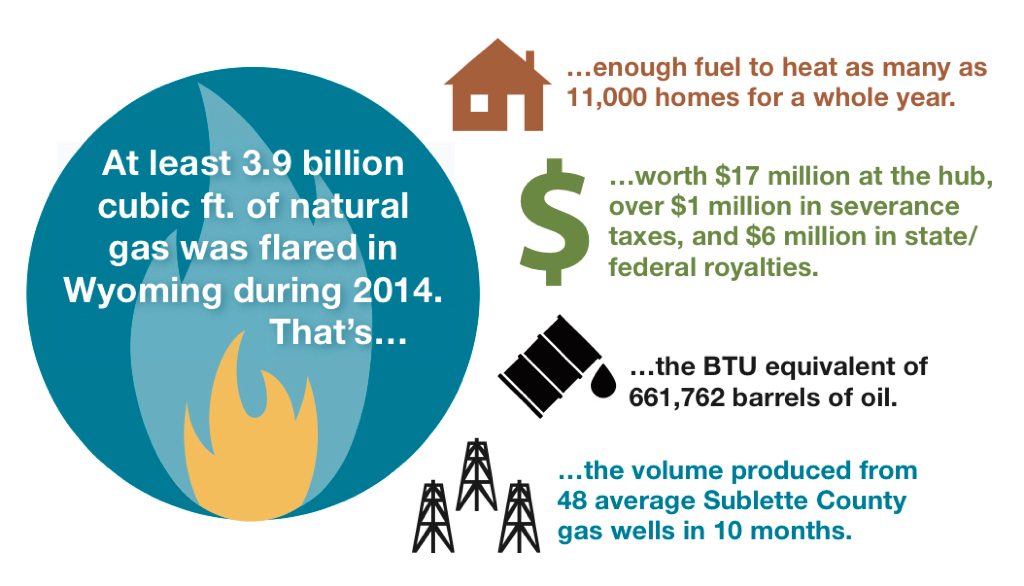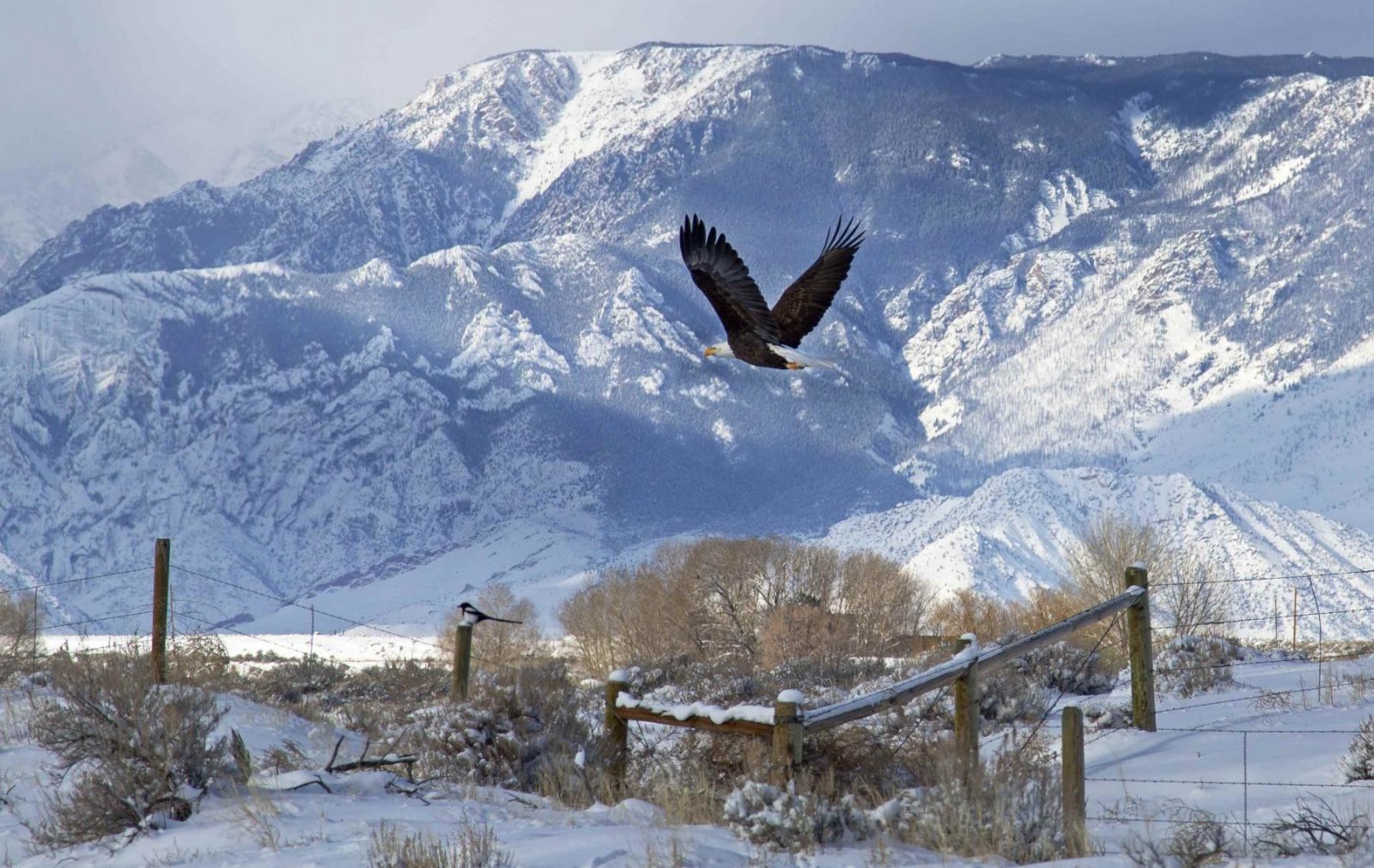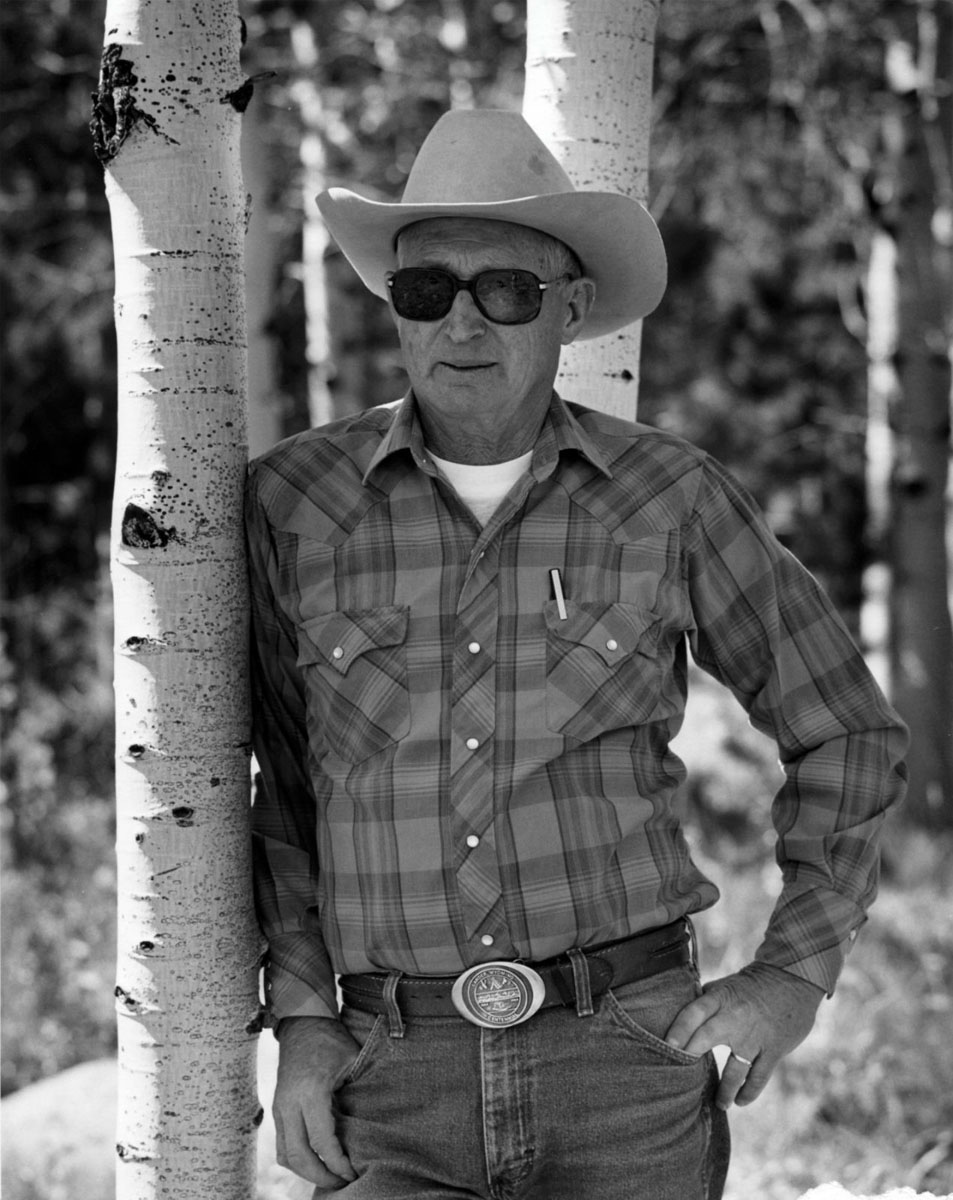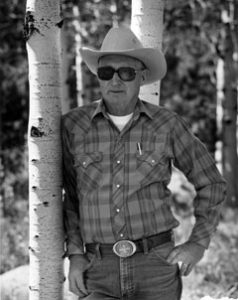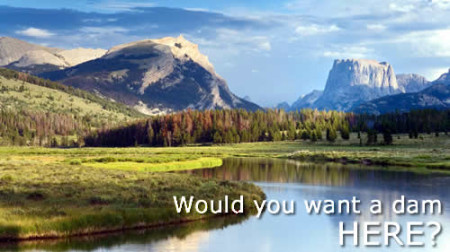April 24, 2015

Richard Garrett, outgoing legislative advocate and energy analyst
I write to you today—my last—as a staff member of the Wyoming Outdoor Council. I am proud to say I will remain a lifetime member of our great organization. Although I am leaving the staff, I will always be a part of this incredible group. Because just like you, I am WOC.
After eight years on staff, lobbying in Cheyenne and in every corner of this great state, one thing is certain: Participation matters. People matter. Members matter. You definitely matter. When I went to Cheyenne, I went there on your shoulders.
Believe me, there are a lot of industry lobbyists in Cheyenne and they always outnumber conservationists. Often ours is the only voice speaking up for conservation and for the environment in committee rooms, in the lobby, and in the corridors of political power—I was your voice and I’m thankful you put me there. Your trust and support ensured that our ideas, our vision, and the importance of our mission were heard and never taken for granted.
As I look toward a new opportunity with another organization, I am profoundly appreciative of the role the Wyoming Outdoor Council plays. We have a proven track record of grassroots advocacy, combined with an investment in the legislative process. This has resulted in real success and well-deserved credibility throughout the state.
But if we want to be more successful we need to grow. We need more people to receive these emails. We need more members to stand behind the staff. During my time on the staff, the total number of our members that we were able to report to decision makers grew to more than 1,500—yet that never truly reflected the number of people that I know share our values and know the importance of our advocacy. A larger, more representative, membership would mean greater influence with legislators and the governor.
You can help. You can add to our ranks today. You can give a gift membership to somebody who you know shares our values. You can share this post with people who you believe would want to stand with us.
And so I have a challenge for you. I pledge that I will do everything I can to make sure our membership grows. And to help make that happen, I am offering a match. I will give one gift membership for every gift membership we receive between now and May 8 this year.
Thank you for joining me in this effort. It has truly been an honor to advocate on your behalf. I am excited to think about what the next eight years will bring to our rugged group. I know we are better prepared than ever to help protect Wyoming and we’re eager to give to the next generation the same gifts—clean air and water, vast open spaces, abundant wildlife, thriving communities—that were given us. The more people we have on our side, the better we will do. I am WOC, you are WOC, we are WOC. Let’s add to our ranks today.
All my best,
Richard


 As the state finalizes new setback rules, which will help regulate how closely oil and gas development can occur to homes, I want to address some assertions made in
As the state finalizes new setback rules, which will help regulate how closely oil and gas development can occur to homes, I want to address some assertions made in 
